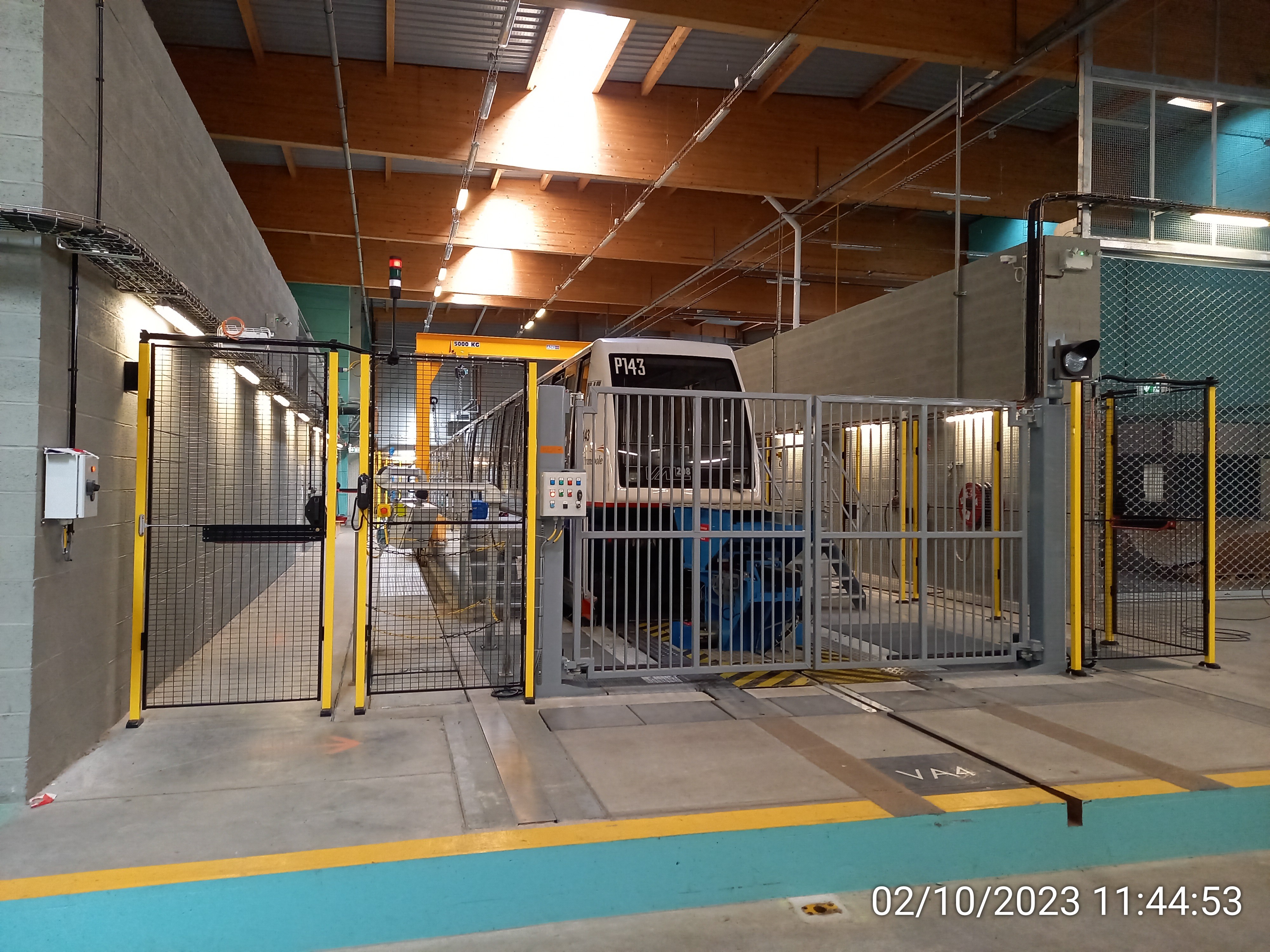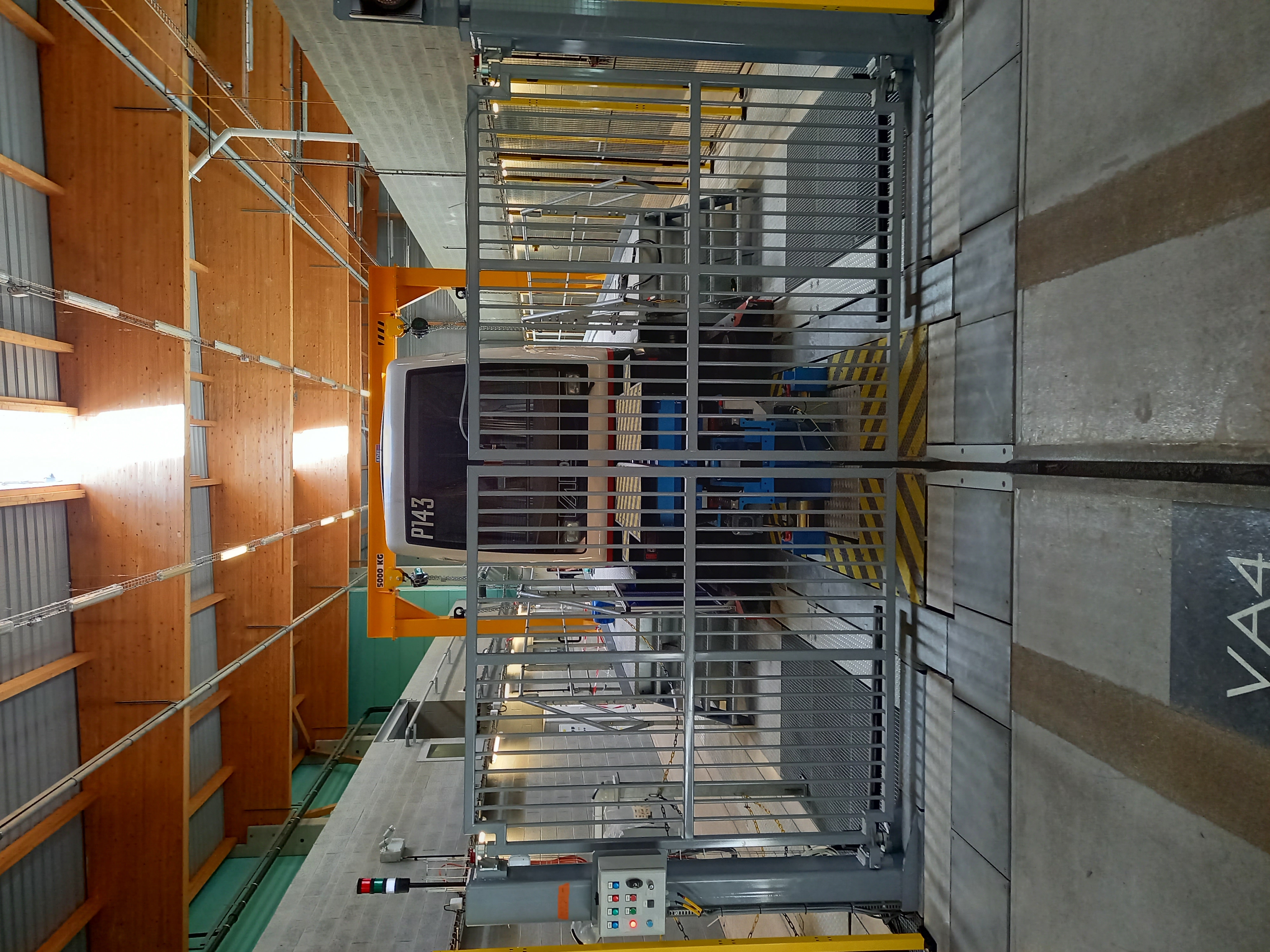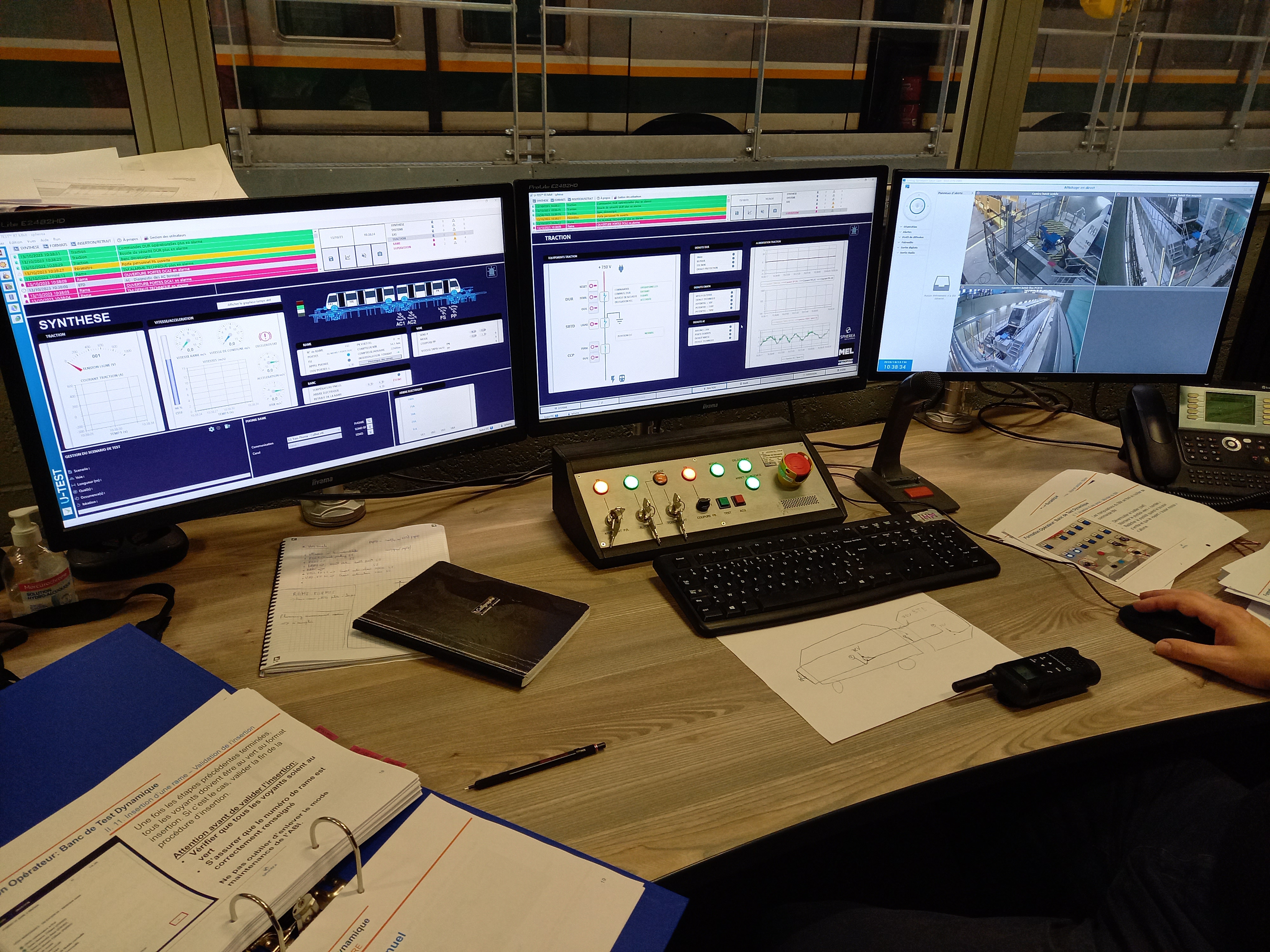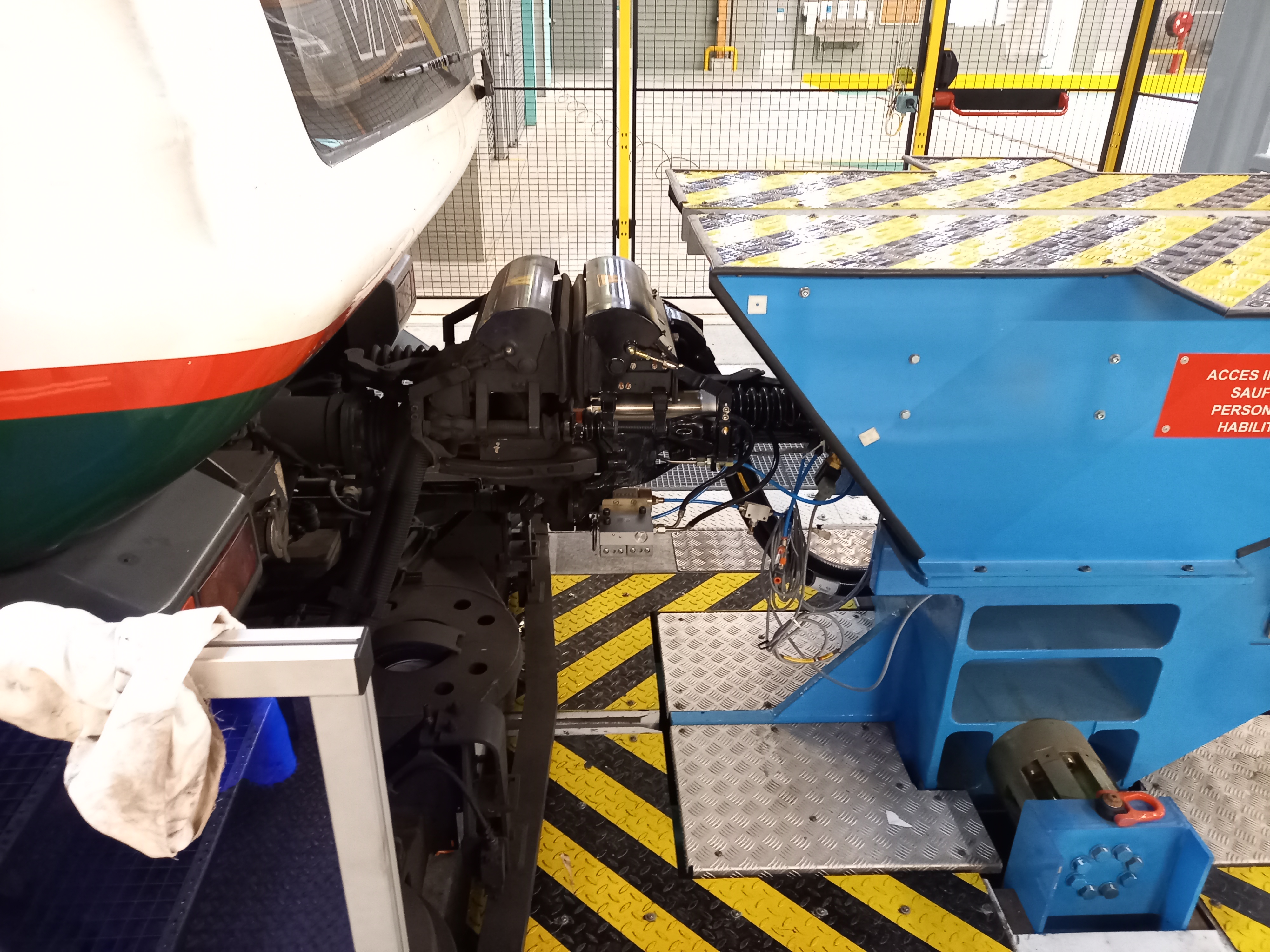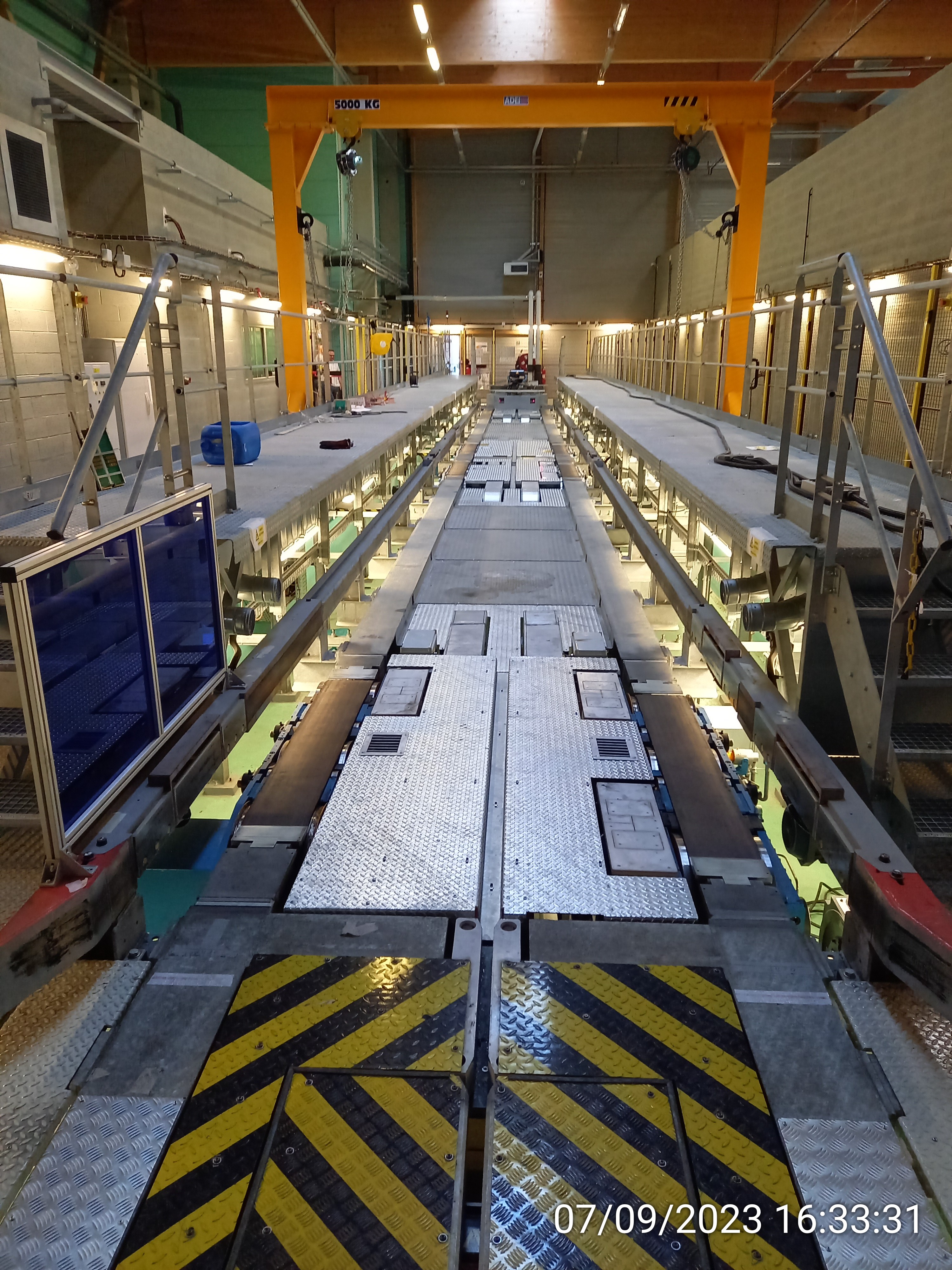Modernizing infrastructure to improve transport services
Forty years ago, Lille’s metro became the world's first automated metro system. In recent years, as ridership on the network has grown, the Métropole Européenne de Lille (MEL) has launched an investment plan to double its capacity, boost its performance and extend its lines.
To operate the line well, Keolis needed a test track to trial automated metro trains, particularly for maintenance operations. However, the size and constraints of the existing infrastructure didn’t allow for a dedicated test track.
To overcome this challenge, urban transport operator Keolis Lille Métropole and the Métropole Européenne de Lille designed an innovative solution: a test bench that functions like a mechanical conveyor belt.
The specifications were drawn up in 2010, and Spherea Test & Services was chosen to build this state-of-the-art technical facility. Design studies began in 2016, and product tests were conducted in 2021.
